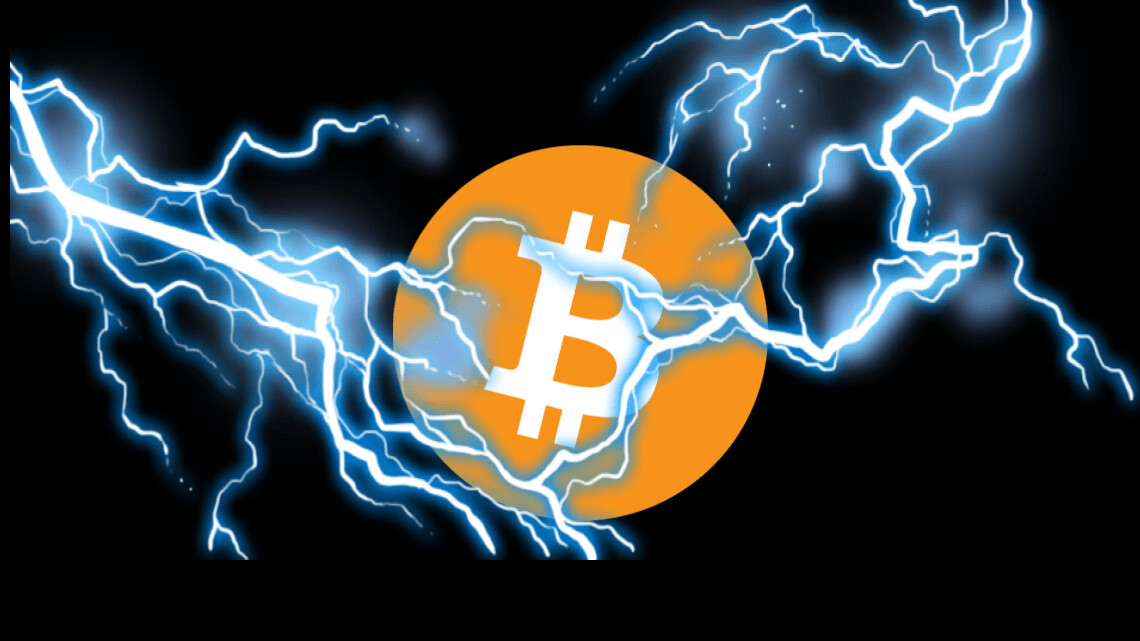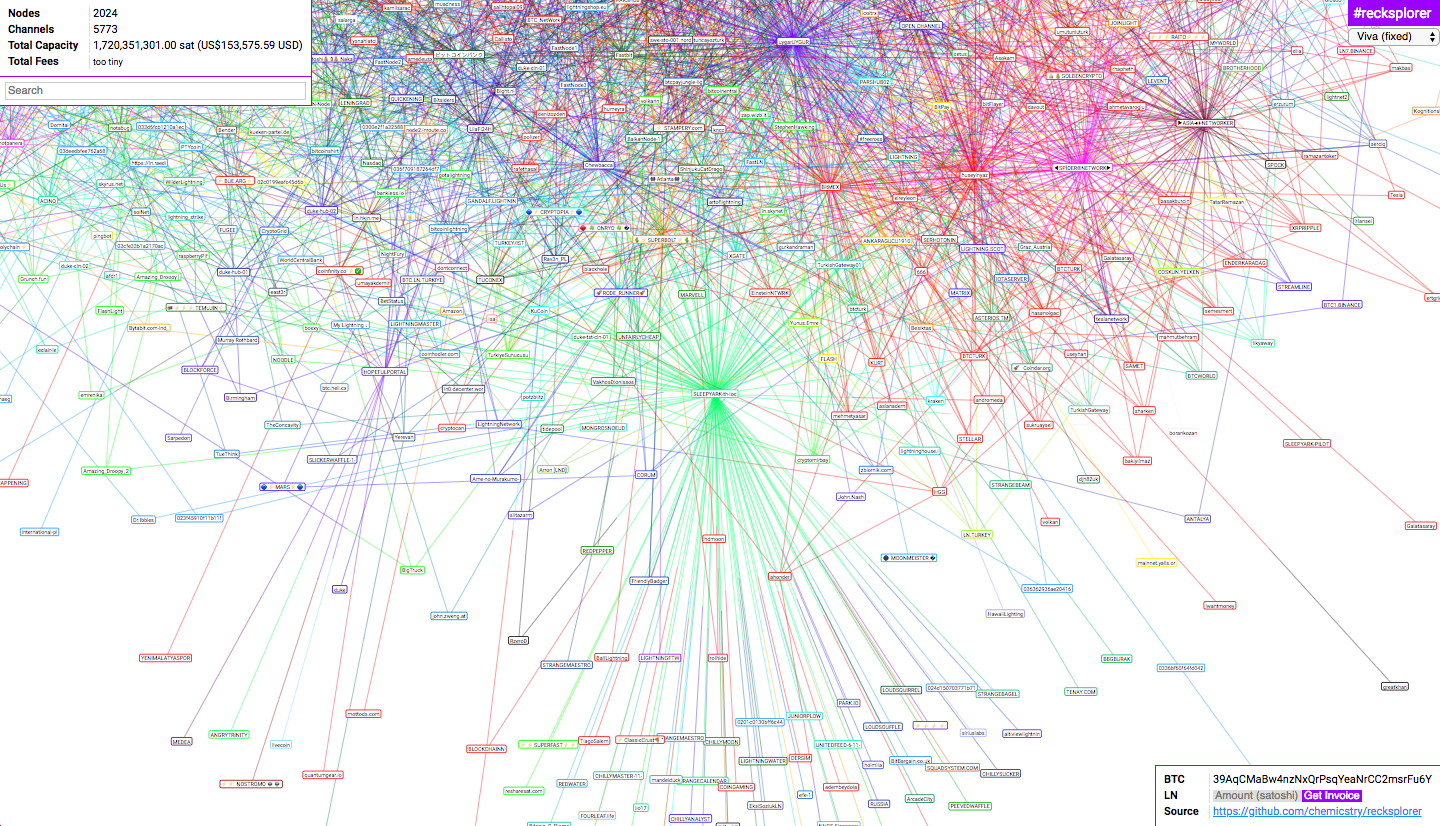
Lightning Network — touted as the solution to Bitcoin’s scalability problem — seems to be growing leaps and bound in spite of still being in a nascent stage.
Statistics show that the total number of active nodes on Lightning Network have crossed 2,000, with 5,801 open channels on the main network, while its total network capacity has ballooned past $150,000.
We just passed 2,000 nodes with over 5,650 open channels on mainnet. The total network capacity is now $150,000 USD. The universe keeps expanding at an accelerated rate. Send $BTC instantly for 1 sat / tx or less… yes… less. ?⚡️ #LightningNetwork #bitcoin #segwit pic.twitter.com/PXeuPbdtA3
— Armin van Bitcoin ⚡ (@ArminVanBitcoin) April 22, 2018
The number of active nodes on the Lightning Network, however, seem to vary depending on where you are looking.
While Rompert.com‘s explorer shows the number of active nodes to be 2024 and the total network capacity to be more than $153,000, lnmainnet.gaben.win shows the number of active nodes to be only 1688, and the total network capacity falls a little short of $150,000.
This discrepancy in the results may mean that the stats are slightly off — but the difference between total network capacity is insignificant in both the above results.
The total number of active nodes have experienced an overwhelming increase since January, when it had 29 active nodes on its network.
To experience the difference, look at the following visuals.
These were the number of active nodes on the Lightning Network back in January:

This is how the active nodes on Lightning Network look now:

At one point, Lightning Network had even more active nodes running than Bitcoin Cash (BCH), although the number of active nodes running on BCH have since significantly increased.
The fact that Lightning Network is improving is not just in theory.
Peter Todd, Bitcoin Core developer, who has been a long-standing critic of Lightning Network has also finally come around to praise it — because he finally succeeded in making near-instant successful transactions with it.
A few weeks ago I unsuccessfully tried to pay my cellphone bill with Lightning via @acinq_co's Eclair wallet and @bitrefill; kept failing due to what were apparently routing problems.
Just tried again, and out of the box it was a perfect success! $40 payment confirmed instantly.
— Peter Todd (@peterktodd) April 21, 2018
Peter made three payments of $3, $5, and $40, and he described that each one worked just as well as the rest. The usually vocal critic was left impressed by the efficiency of the transactions. He added that this is good evidence that Lightning implementations are maturing to the point where they are at least a very good hub-and-spoke system.
A host of cryptocurrencies have cropped up trying to beat Bitcoin for its slow and expensive transactions, but with a successful implementation of Lightning Network, these problems with Bitcoin can be easily eliminated.
Get the TNW newsletter
Get the most important tech news in your inbox each week.




